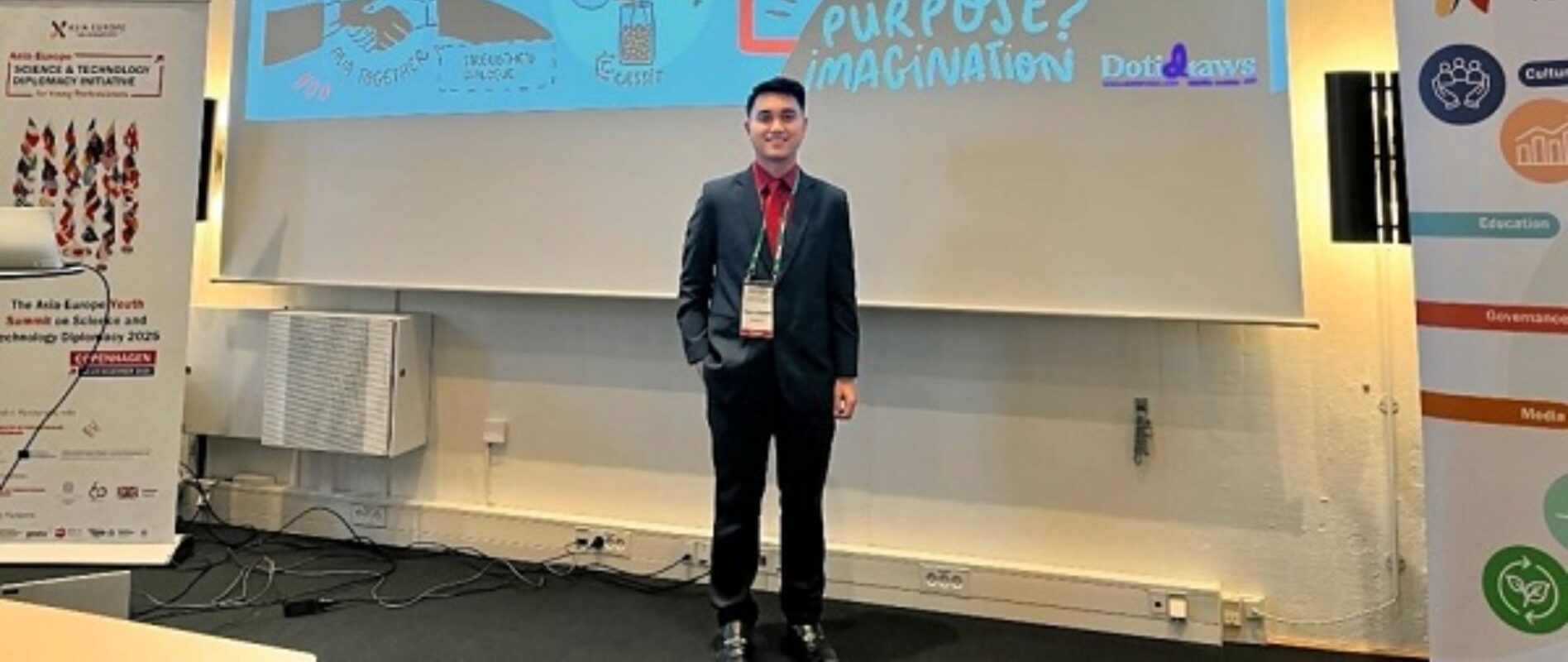VISAYAS STATE U PROF PART OF GROUND BREAKING RESEARCH ON CLOWNFISH LARVAE DISPERSAL
A MARINE biology professor from the Visayas State University was part of the groundbreaking research that explored how clownfish larvae are dispersed.
Dr. Humberto Montes Jr. of the university’s Department of Biological Sciences collaborated with researchers from Rutgers University and the University of Rhode Island in the United States to conduct a seven-year survey of coral reefs in Ormoc Bay, Leyte.
“The findings of this study will hopefully provide new ways of protecting our rich but fragile marine ecosystem in the Philippines,” Montes said.
The study that started in 2012 focused on the 30-kilometer coastline consisting of 19 reef patches in Ormoc Bay.
The results of the study funded by the US National Science Foundation were published in November 2020 in the journal “Molecular Ecology”.
The study found out that larvae dispersal varied a lot over the years and seasonally, including during monsoons.
It also suggested that the estimates of the persistence of fish populations will be lower when scientists account for the “dispersal variability” rather than using data from a single year or averaged data over time.
The study’s lead author, Katrina Catalano, explained the implications of their research.
“Our study’s findings mean that if we don’t account for dispersal variability, we could be overestimating the stability of coral reef fish populations. If we study dispersal variability in more species over greater time scales, we will better understand what causes the variation and can better design protected areas for the conservation of species,” Catalano said.
She added that studying dispersal variability in more species over greater time scales will provide a better understanding of causes of variation that can lead to a better design for protected areas.
The Philippines is home to 468 species of hard corals, 1,755 species of reef-associated fishes, 648 species of mollusks, 19 species of seagrass, and 820 species of algae.














